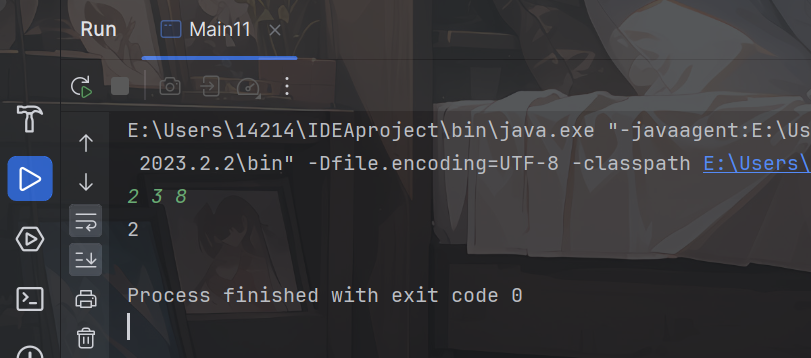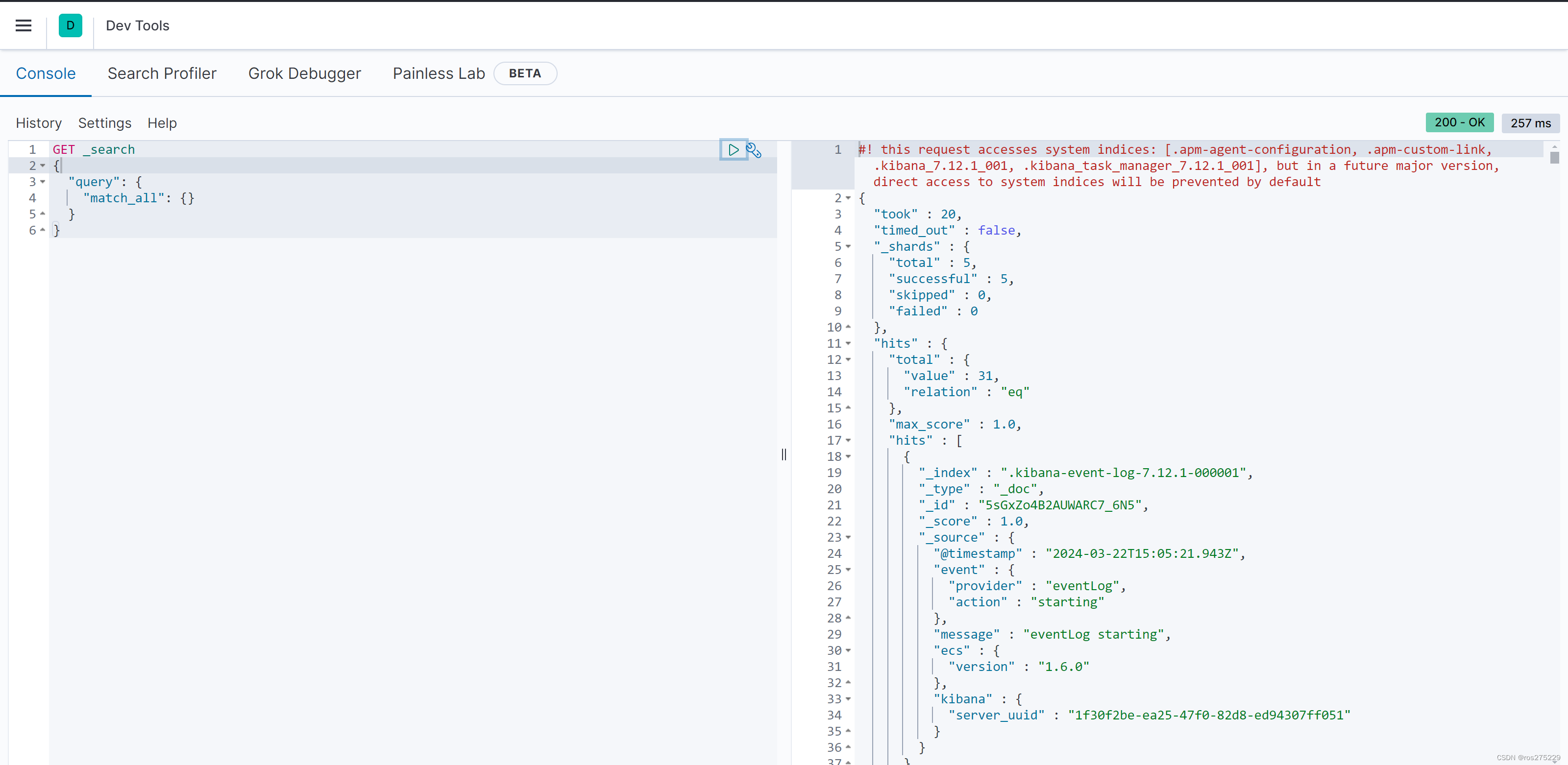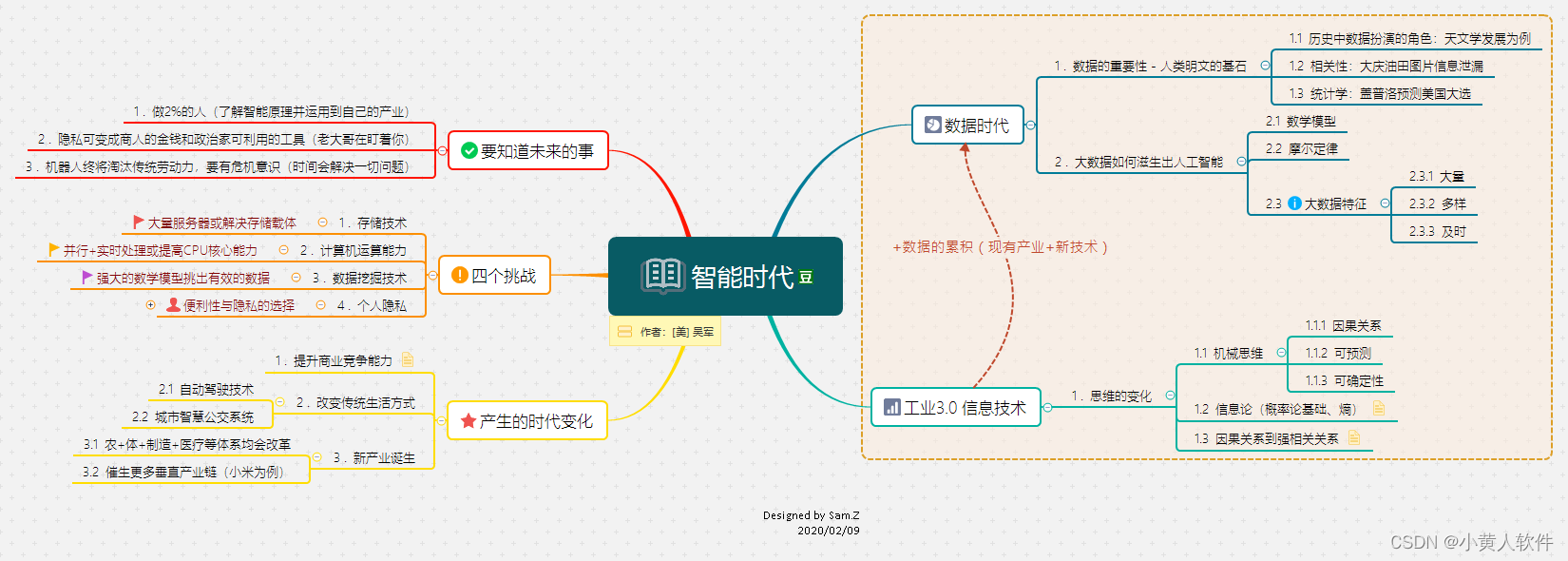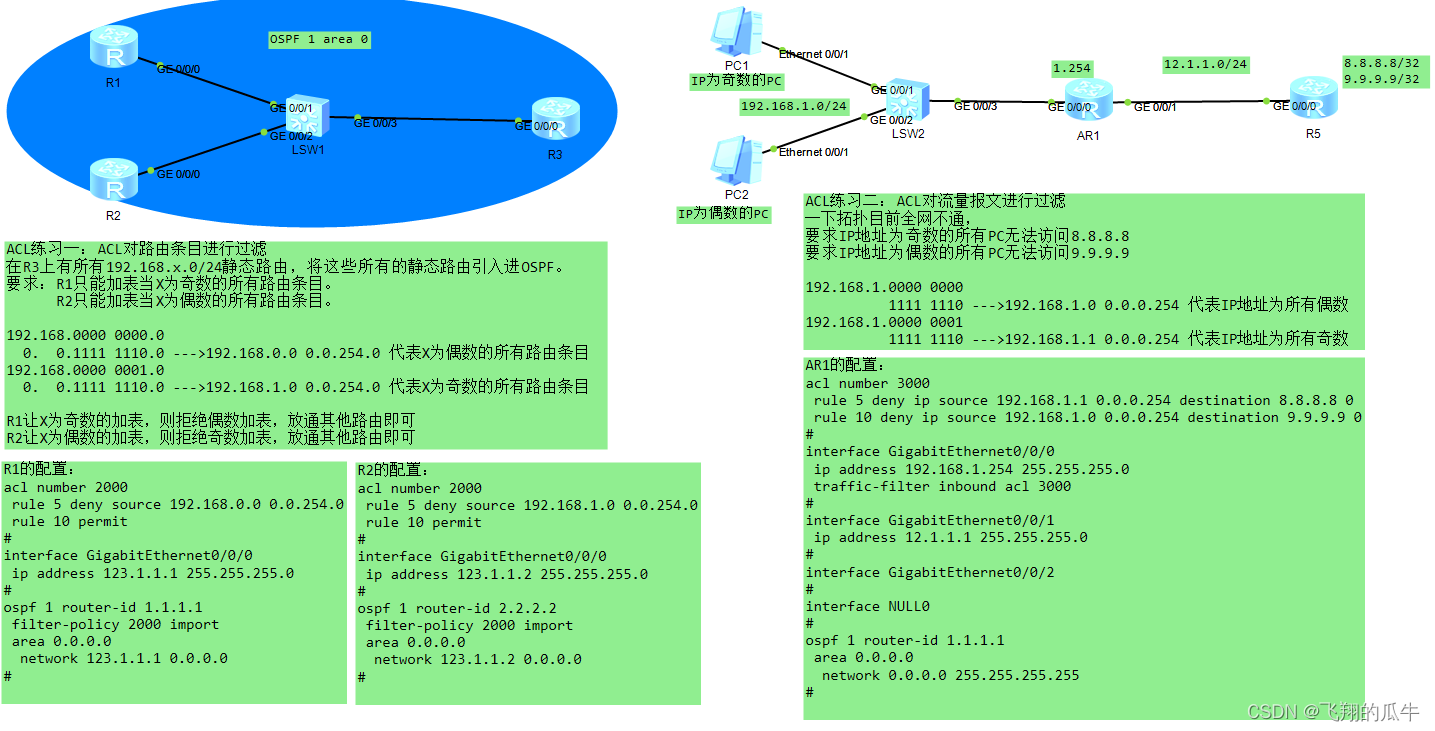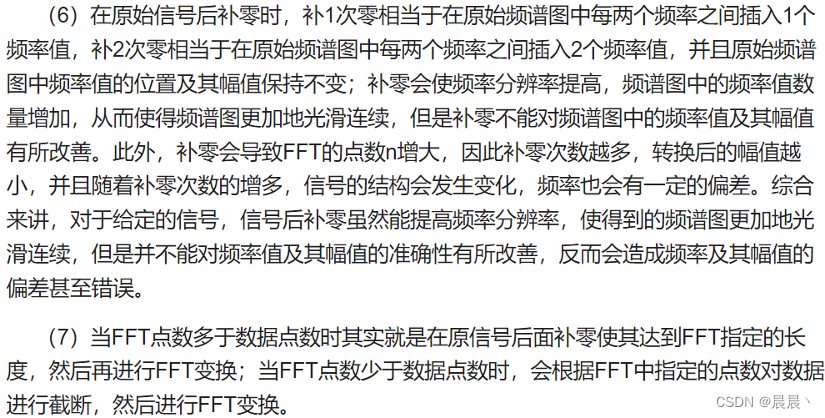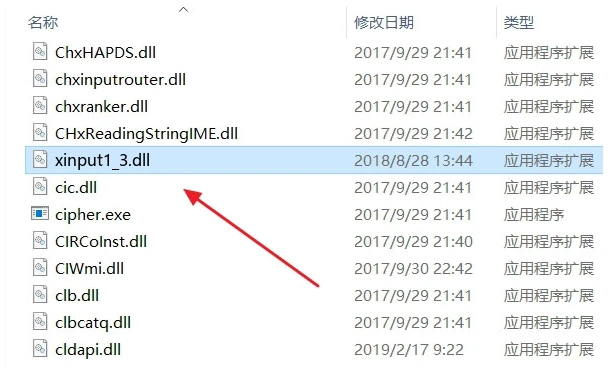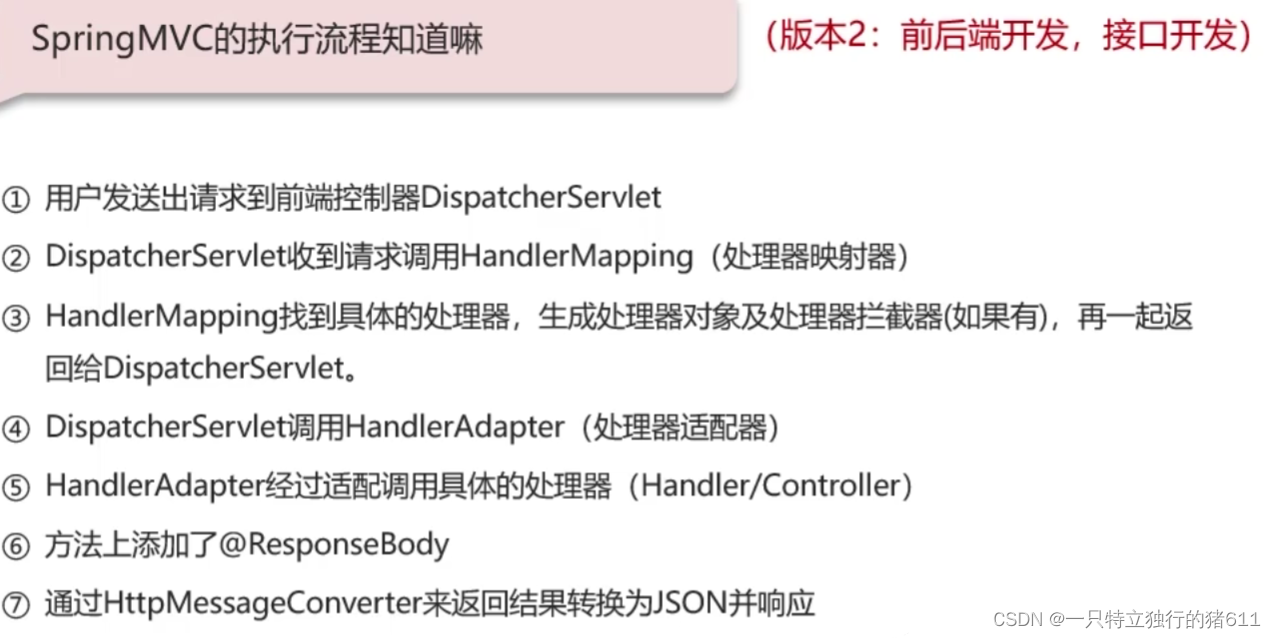不定方程求解
文章目录
- 不定方程求解
- 题目描述
- 分析题目
- 简单穷举法
- 思路1:
- Java代码
- C代码
- 思路2
- Java代码
- C代码
- 测试结果
题目描述
给定正整数a,b,c。求不定方程 ax+by=c 关于未知数x和y的所有非负整数解组数。
Input
一行,包含三个正整数a,b,c,两个整数之间用单个空格隔开。每个数均不大于1000。
Output
一个整数,即不定方程的非负整数解组数。
Sample
输入 2 3 8
输出 4
分析题目
这道题目要求解不定方程 ax+by=c,其中 a、b、c 是给定的正整数,要求求解出所有满足条件的非负整数解组数。
解决这个问题可以使用一个简单的穷举法或者更高效的方法来解决。我们来探讨一下这两种方法的思路:
简单穷举法
思路1:
- 使用两个循环分别遍历可能的 x 和 y 的取值,假设它们都在 0 到 c/a、c/b 之间(因为 x 和 y 都是非负整数,所以它们的取值范围是 0 到 c/a、c/b)
- 在每一组 x 和 y 的取值下,计算 ax + by 是否等于 c
- 如果等于 c,则将结果计数器加一
- 最终得到的计数器的值即为满足不定方程的非负整数解组数
- NOTE : 这种方法虽然非常直观的就可以求解,但是由于是嵌套循环,所以在输入较大的时候效率降低.
Java代码
package day06;
import java.util.Scanner;
public class Main {
public static int countNonNegativeIntegerSolutions(int a, int b, int c) {
int count = 0;
for (int x = 0;x <= c/a;x++){
for( int y = 0;y <= c/b;y++){
if(a * x + b * y == c) {
count++;
}
}
}
return count;
}
public static void main(String[] args) {
Scanner scanner = new Scanner(System.in);
int a, b, c;
a = scanner.nextInt();
b = scanner.nextInt();
c = scanner.nextInt();
int result = countNonNegativeIntegerSolutions(a, b, c);
System.out.println(result);
scanner.close();
}
}
C代码
#include <stdio.h>
int countNonNegativeIntegerSolutions(int a, int b, int c) {
int count = 0;
for (int i = 0; i <= c/a ; i++) {
for (int j = 0; j <= c/b; j++) {
if(a*i+b*j == c){
count++;
}
}
}
return count;
}
int main() {
int a, b, c;
scanf("%d %d %d", &a, &b, &c);
int result = countNonNegativeIntegerSolutions(a, b, c);
printf("%d\n", result);
return 0;
}
思路2
使用第一种思路的时候,两层嵌套循环中会有很多不必要的循环,我们可以通过另外一种方式来写循环条件,这种方法避免了不必要的嵌套循环,可以更快地找到满足条件的解。
-
外层循环
for(int x = 0; x*a<=c;x++):在循环中,我们从 x = 0 开始,逐步增加 x 的值,直到满足条件x * a <= c不再成立。这个条件确保我们在每次迭代中都只考虑满足方程ax + by = c的 x 的可能取值范围,以提高效率。 -
条件判断
if((c-a*x)%b==0):在每次迭代中,我们计算(c - a * x) % b的值,即通过已知的 x 求解出对应的 y,如果(c - a * x) % b的结果为 0,说明该 x 对应的 y 是整数,即满足方程ax + by = c。因此,我们在这个条件判断中检查是否存在满足方程的 y,如果存在,则这个 x 是一个满足条件的解。
NOTE :这种循环模式的优势在于,它只需要在外层循环中遍历可能的 x 的值,然后通过简单的计算就能直接得到对应的 y 值,从而避免了内层循环的使用,提高了效率。
Java代码
package day06;
import java.util.Scanner;
public class Main11 {
public static void main(String[] args){
Scanner scanner = new Scanner(System.in);
int a = scanner.nextInt();
int b = scanner.nextInt();
int c = scanner.nextInt();
int count = 0;
if (a == 0 && b == 0 && c==0) {
count++;
}
if (a > 1000 || b > 1000 || c > 1000) {
System.out.println("输入的值超出范围了!");
return;
}
for (int x = 0; a * x <= c; x++) {
if ((c - a * x) % b == 0) {
count++;
}
}
System.out.println(count);
scanner.close();
}
}
C代码
#include <stdio.h>
int countNonNegativeIntegerSolutions(int a, int b, int c) {
int count = 0;
for (int x = 0; a * x <= c; x++) {
if ((c - a * x) % b == 0) {
count++;
}
}
return count;
}
int main() {
int a, b, c;
scanf("%d %d %d", &a, &b, &c);
int result = countNonNegativeIntegerSolutions(a, b, c);
printf("%d\n", result);
return 0;
}
测试结果
